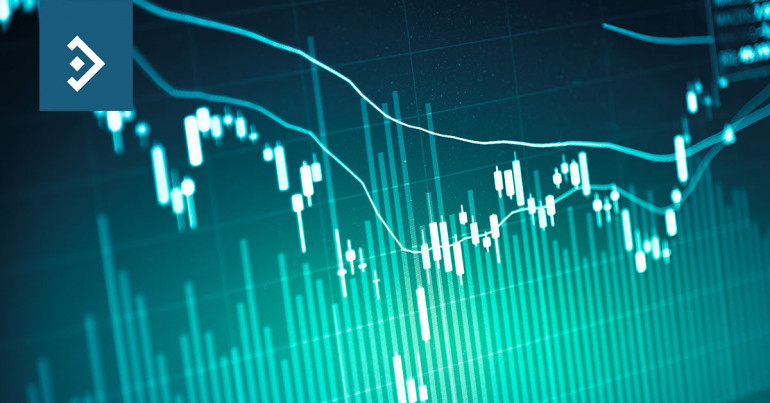
Bailey to give more detail on plans
Morning mid-market rates – The majors
2nd September : Highlights
- Sterling tops 1.34 on dollar weakness
- Jobless concerns an election issue for Trump
- Virus comeback a concern for recovery
Sterling gains capped by Brexit deadlock
Andrew Bailey is gaining the market’s trust in a way his predecessor Mark Carney was never quite able to do. Central Bank Heads tread a difficult path of providing sufficient advance guidance to the market but must be wary of becoming predictable.
The pound continues to rally versus the dollar and is slowly making more sustainable gains versus the single currency.
The pace at which the pound has gained over the past three trading sessions has a lot to do with the weakening of the dollar. The Fed’s new inflation targeting policy has been well received overall by the market but the long-term ramifications for interest rates and therefore the competitiveness of the currency are clear to see.
However, the approaching storm over a no deal Brexit and the technical outlook for the dollar index which points to it being close to a medium term bottom could see the pound struggle to make gains towards long term resistance around 1.3520.
Meanwhile, versus the euro, the pound is grinding out gains which appear more sustainable.
Using the two currencies price action versus the dollar for comparison, the euro is trading far closer to the psychologically important 1.20 level and it will take a far more positive outlook for the Eurozone’s recovery for it to break above it.
Meanwhile, the Pound is still in something of a recovery mode versus the euro having seen steep falls as lockdown took effect which have barely retraced.
Yesterday, the pound rallied to a high of 1.3482 versus the dollar but was unable to hang onto its gains and fell back to close virtually unchanged on the day at 1.3384.
Considering your next transfer? Log in to compare live quotes today.
ISM data points to stronger recovery… but
This week’s non-farm payrolls report is talking on major significance and could be a watershed for the continued recovery. Analysts see around 1.4 million new jobs being created down from 1.76 million in July.
An even more telling statistic is the slowing of the fall in the rate of unemployment which is unlikely to be below 9% at the time of the election.
This will signify a major failure for President Trump as he was adamant that many more jobs would have been created when he began his campaign a few months ago.
While he can argue with Democrat Candidate Joe Biden over the law and order issue which is becoming a major factor in the election despite his weaker domestic policies, the buck as far as the economy is concerned stops at his desk.
There is no doubt that as the election approaches, Trump will try to use spin to promise better going forward but the fact remains, and this is a fact there is no hiding from, jobless numbers point to far less of a V or U shaped recovery and the recovery from the Pandemic will have a long tail.,
After Friday’s data there will only be one more employment report before the country goes to the polls which adds even greater significance to the July data.
Yesterday, the dollar index saw its first glimpse of positivity for some time. While nothing to write home about, the index managed to recover from what was beginning to look like a rout and regained the important 93.20 level. Having fallen to a low of 91.74, it recovered to close at 92.32.
Q3 growth will only recover part of Q2’s contraction
ECB Officials have been keen to play up the positive outlook while they try their best to ignore data which they consider still has the taint of lockdown activity.
However, it is becoming more difficult to put a positive spin on the future as infection rates are beginning to grow again in the major economies.
While Portugal is not the centre of Eurozone activity, it is a good example of the issues facing the region.
Using the 20 cases per 100k of population which has become the standard for infection rates Portugal had been well below that level, which has encouraged its tourist industry. However, the rise in cases close to the 20 per 100k level means that there is uncertainty both in the minds of businesses and also potential tourists.
It remains to be seen just how bad the 2020 tourist season has been for the entire southern part of the economy but there is little doubt these are the countries that will need support from the PEPP funding.
As far as the recovery goes, it needs to be remembered that although the economy contracted by 12.1% in Q2, it had already shrunk by 3.6% in Q1, making it the first G7 economy to see a recession.
The systemic issues facing the region remain and they have been well documented, but should there be a significant second spike which leads to any form of general lockdown, the recession could last well into 2022.
The current strength of the single currency versus the dollar is not helping the recovery either. Yesterday, it rose to a high of 1.2011 but the rarefied atmosphere above 1.20 proved too much and it fell back to finish lower on the day at 1.1912.

About Alan Hill
Alan has been involved in the FX market for more than 25 years and brings a wealth of experience to his content. His knowledge has been gained while trading through some of the most volatile periods of recent history. His commentary relies on an understanding of past events and how they will affect future market performance.”



